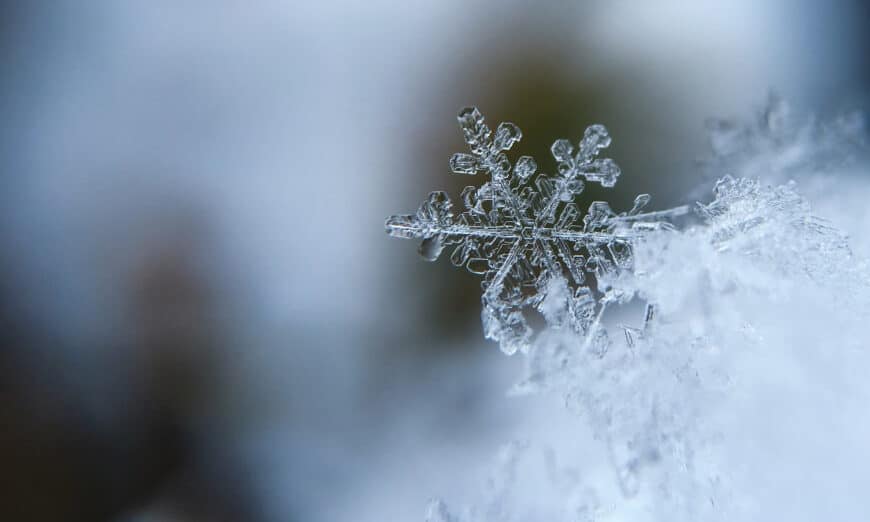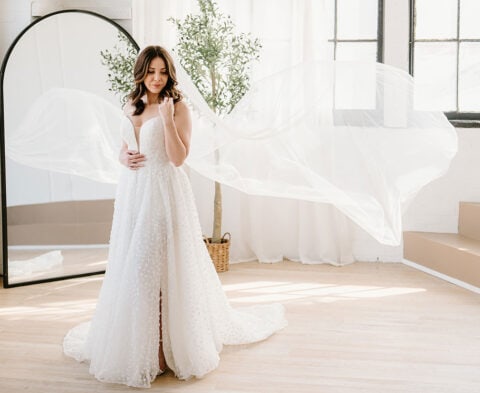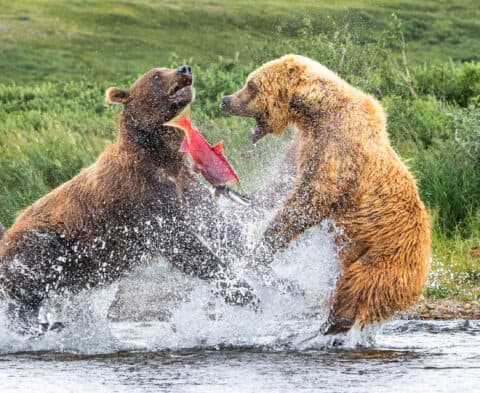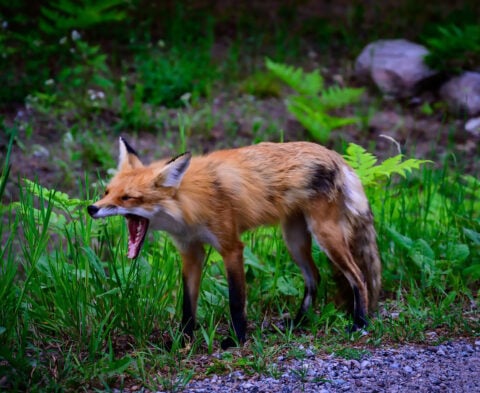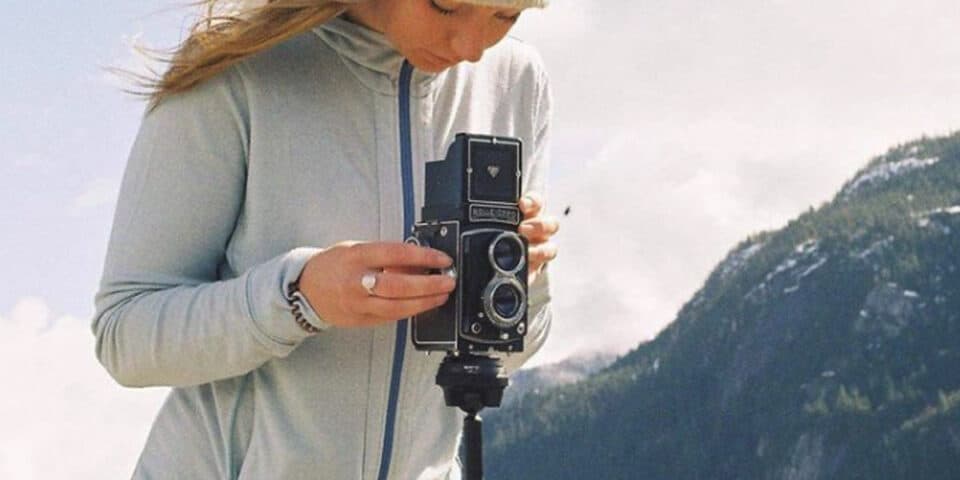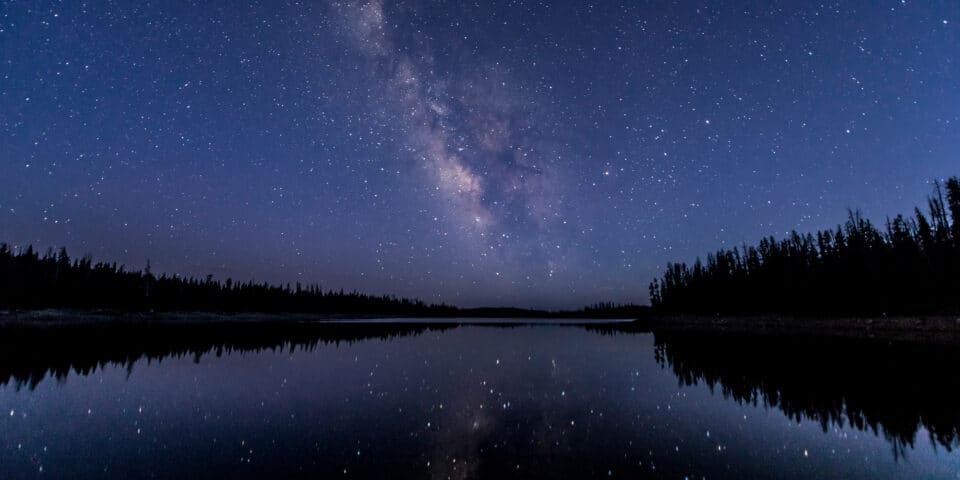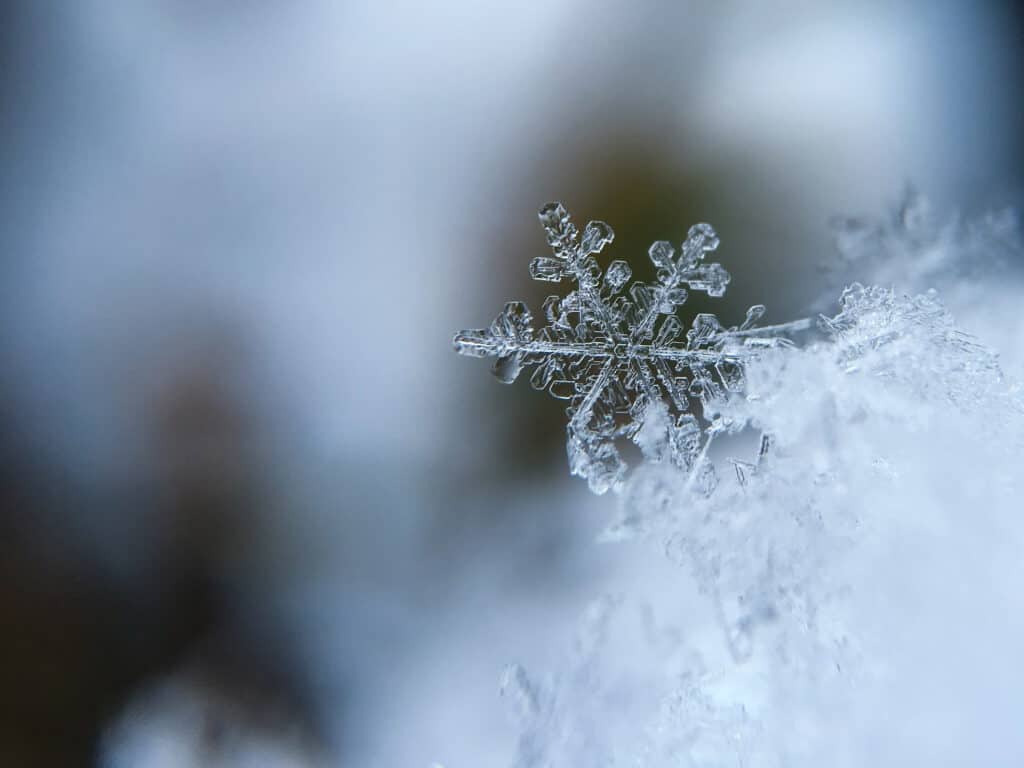
Dive deep into the intricate world with this guide to macro photography and videography, where the smallest subjects turn into pieces of immense beauty and complexity. This comprehensive guide to Macro photography is your key to unlocking the fascinating realm of the minute, offering essential tips, tricks, and gear recommendations for every level of expertise. Whether you’re a seasoned photographer looking to refine your skills or a newcomer eager to explore, we’ve got everything you need to start your macro photography journey.
For more professional advice, and to explore gear in more detail – visit a Henry’s Retail Location. Our team of experts can help you with camera & gear selection for your photography style.
We have also curated a list of camera, lenses and gear suggestions on our website. Once you read this guide, take a look at more recommended equipment!
In this blog, you will find tips & tricks, recommended camera bodies, recommended lenses, macro videography, suggested camera settings, and more!
Guide to Macro Photography: Tips and Tricks
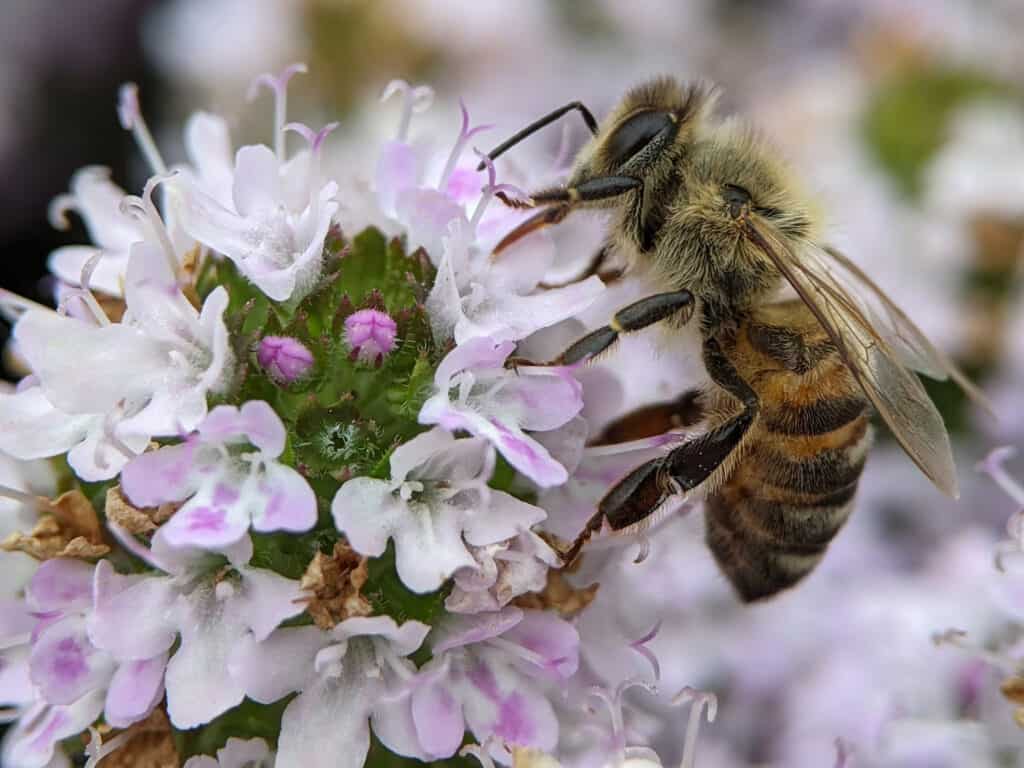
Understanding Macro Photography
Magnification is a cornerstone of macro photography, defining how large a subject appears in the final image relative to its actual size. Achieving a 1:1 magnification ratio, where the subject is projected life-size onto the camera sensor, is a primary goal for macro enthusiasts. This level of detail capture reveals the intricate textures and patterns of small subjects, from the delicate structure of a leaf to the complex anatomy of an insect.
To venture even further, beyond life-size magnification, photographers employ techniques like using extension tubes, bellows, or reverse lens setups, pushing the bounds into microscopic photography realms and unveiling details invisible to the naked eye.
Selecting the right gear is crucial for macro photography, with dedicated macro lenses offering the easiest route to achieving sharp, detailed shots at high magnifications. These lenses are specially designed for close focusing, crucial for capturing subjects in stunning detail. However, as magnification increases, so does the challenge of maintaining image sharpness and adequate lighting.
A combination of stable camera support, precise lighting techniques, and methods like focus stacking becomes essential to manage the shallow depth of field and low light conditions typical of high-magnification macro photography. This condensed approach allows photographers to explore the minute wonders of the natural world, transforming the small and overlooked into captivating visual stories.
A great acronym to remember is S.E.L.F.
Stabilize Your Shot
Due to the close proximity to your subject, even the slightest movement can lead to blur. Use a tripod with a macro rail for precise adjustments and stability.
Experiment with Aperture
A wider aperture (lower f-number) lets in more light and creates a softer background, while a narrower aperture (higher f-number) increases the depth of field, capturing more detail in focus. Test your camera and lens setup before entering the field on objects in your home to get a good understanding of what works for you.
Lighting is Key
Good lighting is crucial in macro photography. Consider using a ring flash or LED lights to illuminate your subject evenly without casting harsh shadows.
Focus Manually
Autofocus can struggle with the shallow depth of field in macro photography. Manual focus gives you the control to pinpoint exactly where you want the sharpest detail. Again practice makes perfect! Experiment at home before going into the field and get comfortable with your camera and lens by focusing on various items at different distances.
Recommended Cameras for Macrophotography
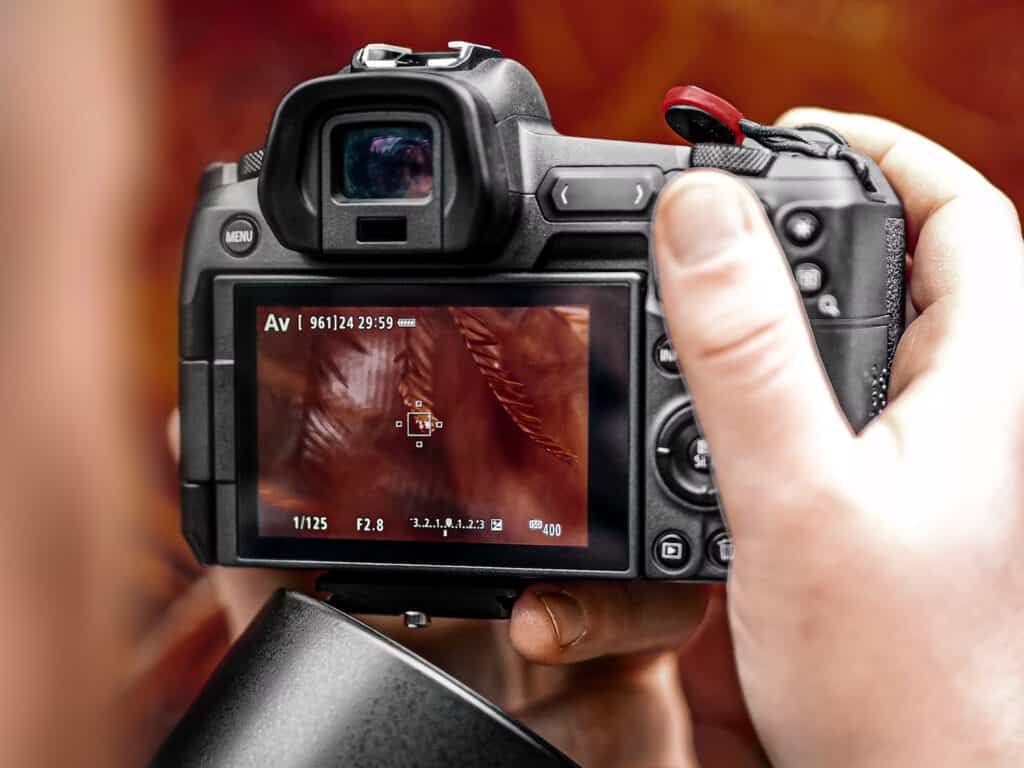
The big question in the room – which is better for macro photography, a mirrorless camera or DSLR?
When it comes to macro photography, the choice between DSLR and mirrorless cameras hinges on individual preferences and specific needs. DSLRs offer the advantage of an optical viewfinder and longer battery life, which can be beneficial for extensive macro photography sessions, along with access to a wide selection of macro lenses. On the other hand, mirrorless cameras excel with features like an electronic viewfinder (EVF) that provides a real-time preview of your image, focus peaking, and magnification aids for precise focusing, coupled with their lighter and more compact design.
Additionally, mirrorless systems offer great adaptability with lenses from various systems through adapters. While mirrorless cameras bring advanced functionalities that are particularly useful for the detailed demands of macro photography, DSLRs remain a competitive choice for those who value their robust lens ecosystem and the familiarity of an optical viewfinder.
Ultimately, the decision should be based on which camera system best aligns with your macro photography approach and workflow efficiency.
If you’re undecided, head over to a Henry’s Retail Store. You can test out both types of cameras and our Henry’s Creators will help you figure out the best camera for your photography style.
Advanced Cameras
Professional photographers choose the Nikon D850 or Nikon Z7, Sony Alpha A7R IV, Canon EOS 5D Mark IV or Canon EOS R5 for their exceptional image quality and high resolution. These cameras are at the top of their game offering the best in quality, the largest resolutions, and the highest dynamic range for low-light performance.
Mid-Level Cameras
For those photographers looking for a great middle-ground of value and quality, these cameras provide exceptional image quality and very high resolution. You should consider the Sony Alpha A6700, Canon EOS R7 or Nikon D7500 offers great performance in a more compact body, suitable for macro photography.
Entry-Level Cameras
For those just entering the world of photography – or if you’re budget conscious, these are great cameras that have the capability of taking extraordinary macro photography when paired with the right lens: Canon EOS Rebel T7i or Canon EOS R100, Nikon Z30 or Nikon COOLPIX P950, Sony A6100 or Sony ZV-E10 are excellent choices for those new to macro photography, offering user-friendly interfaces and solid performance.
Recommended Macro Lenses for Macrophotography
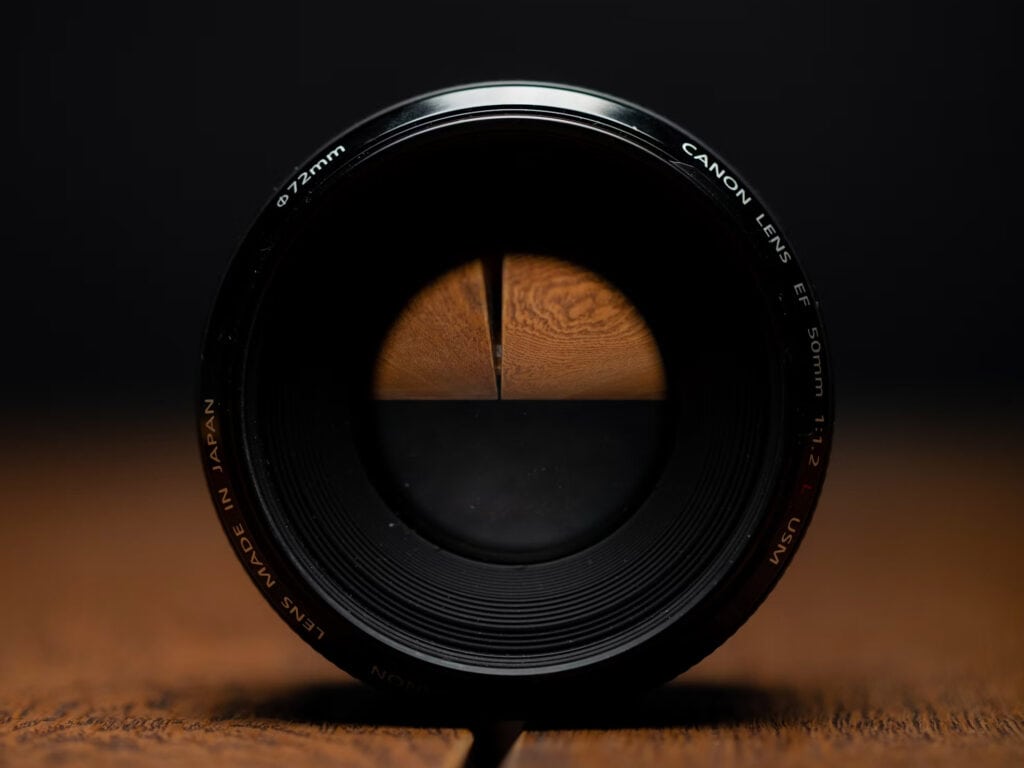
For macro photography, choosing the right lens is crucial to capturing the intricate details of small subjects with clarity and precision.
The best macro lenses offer a 1:1 magnification ratio, allowing photographers to reproduce subjects at life-size on the camera sensor. Prime lenses, such as the Canon EF 100mm f/2.8L Macro IS USM and the Nikon Nikkor Z MC 105mm F2.8 VR S, are highly regarded for their optical quality, providing sharp images with minimal distortion and beautiful bokeh. The Sony FE 90mm f/2.8 OSS Macro is another standout, celebrated for its exceptional sharpness and built-in image stabilization, making it ideal for Sony mirrorless camera users.
For those on a budget or requiring more versatility, the SIGMA offers a large selection of Macro camera lenses that provide excellent performance across different camera brands, including Canon, Nikon, and Sony.
These lenses, characterized by their fixed focal lengths and wide apertures, are specifically designed for macro work, ensuring photographers can get up close to their subjects without compromising on image quality.
Of course, 100mm is a recommended optical range due to the 1:1 magnification, however Macro lenses come in all sizes including Greater than 1:1 Magnification and less than 1:1 Magnification.
Greater than 1:1 Magnification (Greater than Life-Size)
- Description: Magnification ratios greater than 1:1 indicate that the subject is reproduced larger than its actual size on the sensor. Achieving this often requires specialized lenses or accessories like extension tubes, bellows, or even microscope objectives adapted for photography.
- Ideal Use: Suited for extreme close-up photography where the photographer aims to capture minute details beyond what the naked eye can see, such as the texture of an insect’s eye or the intricate patterns of a small flower’s surface.
Less than 1:1 Magnification (Smaller than Life-Size)
- Description: Magnification ratios less than 1:1 mean the subject appears smaller on the sensor than it does in real life. Many general-purpose lenses, including standard zooms and prime lenses, fall into this category and can be used for close-up photography but not true macro photography.
- Ideal Use: These lenses are useful for photographing larger subjects where you don’t need to fill the frame with minute details, such as larger flowers, objects, or even small animals, providing a wider context to the subject’s environment.
To find the right lens for your Macrophotography, visit here to shop all Macro Lenses from Henry’s. Each Macro lens will have its magnification in the description. Or you can visit a Henry’s Retail Store, and one of our creators will help you!
A Guide to Macro Videography
Macro videography adds motion to the micro world, creating captivating footage of subjects in action, from the flutter of an insect’s wings to the delicate movements of plant life. Key considerations include:
- Stable Footage: Use a tripod with fluid head for smooth pans and tilts.
- Continuous Lighting: Opt for LED panels that offer consistent, adjustable lighting.
- Manual Focus: Maintain control over your focus point for precise, clear footage.
- High Frame Rate: Shooting at a higher frame rate and slowing down in post-production can produce stunning slow-motion effects.
All of the cameras listed above offer incredible video capabilities. You can learn more about each camera by clicking on their name to explore individual details and features. If you still have questions or need help finding the perfect camera for you, visit one of our Henry’s Retail Locations!
Camera Settings for Macrophotography
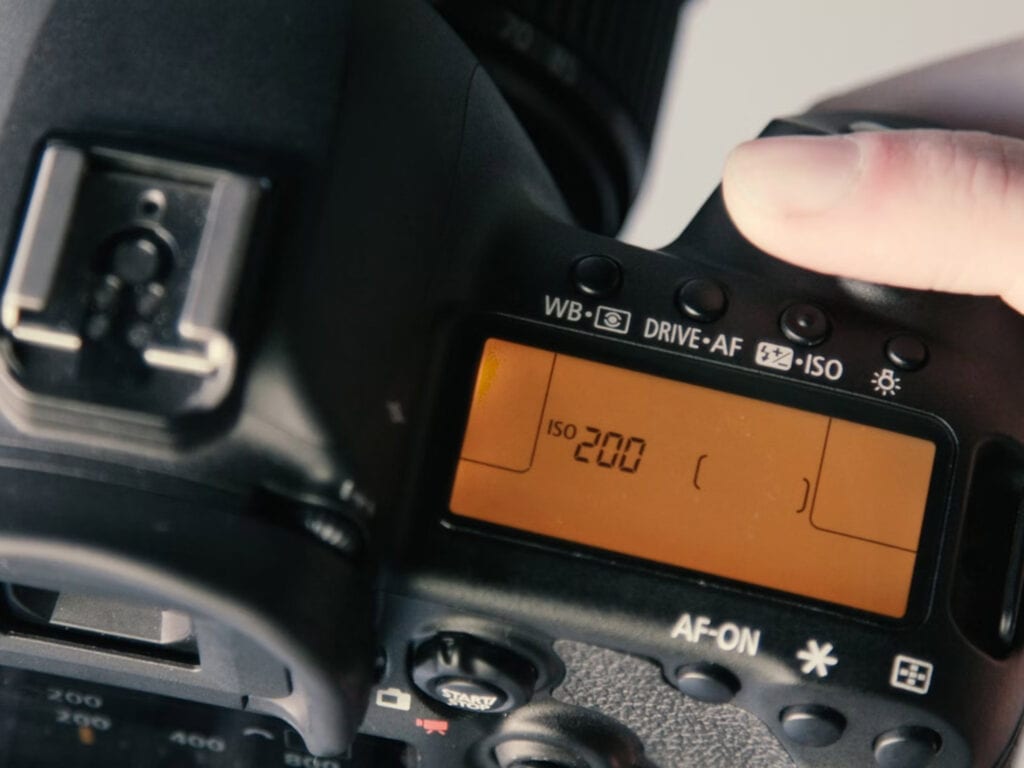
Optimal camera settings for macro photography can vary depending on your subject, lighting conditions, and the creative effects you’re aiming to achieve. However, there are general guidelines that can help you capture stunning macro shots:
1. Aperture (F-stop)
- Small Aperture (High F-number): To maximize depth of field (DOF) and keep more of your subject in focus, use a smaller aperture like f/11 to f/16. Macro photography often results in a very shallow DOF, so a smaller aperture helps increase the area in focus.
- Large Aperture (Low F-number): For artistic shots with a blurred background and a focus on a specific part of your subject, choose a larger aperture like f/2.8 to f/5.6.
2. Shutter Speed
- Avoid Blur: To counteract camera shake and subject movement (especially important in outdoor macro photography), use a faster shutter speed. The general rule is to use a shutter speed faster than 1/(focal length of the lens) when handholding your camera. For instance, if using a 100mm macro lens, aim for a shutter speed faster than 1/100th of a second. Using a tripod allows for flexibility with slower shutter speeds.
3. ISO
- Low ISO: Start with the lowest ISO setting (e.g., ISO 100) to ensure the highest image quality with minimal noise. Increase ISO only as needed to balance exposure if you’re using a smaller aperture and faster shutter speed, particularly in low-light conditions.
4. Focus Mode
- Manual Focus: Macro photography often requires precise focusing. Switching to manual focus allows you to control exactly where the focus falls, which is crucial for highlighting the intricate details of your subject.
5. Lighting
- Natural Light: Utilize natural light when possible, especially during the golden hours of early morning or late afternoon when the light is soft and diffused.
- Artificial Light: Consider using a ring flash or LED macro lighting for consistent, even lighting, especially important in close-up shots to avoid shadows and ensure the subject is well-lit.
6. Image Stabilization
- On or Off: If your lens or camera body has image stabilization (IS) and you’re shooting handheld, turn it on to reduce the risk of blur. If you’re using a tripod, it’s often recommended to turn off IS to prevent any potential interference with image sharpness.
7. Shooting Mode
- Manual (M) or Aperture Priority (Av/A): Manual mode gives you full control over all settings, which is ideal for macro photography. Aperture Priority mode is a good alternative if you want the camera to adjust the shutter speed automatically based on your chosen aperture.
8. RAW Format
- Shoot in RAW: This format captures all image data recorded by the sensor, giving you greater flexibility in post-processing, especially for adjusting exposure and white balance.
These settings are starting points for macro photography. Experimentation and adjustment based on specific situations and desired outcomes are key to capturing the beauty and detail of macro subjects.
Expanding Your Macro World
Macro photography and videography can be enhanced with additional accessories like extension tubes, which increase magnification without a new lens, and focus stacking software for extending depth of field in post-processing.
Conclusion
Embarking on your macro photography and videography journey opens up a world of endless possibilities and discoveries. With the right equipment and techniques, you can unveil the extraordinary details of everyday life, capturing images and footage that truly stand out. Henry’s Cameras is here to support you at every step, offering the gear, advice, and inspiration you need to explore the micro world around you. Start your macro adventure today and reveal the unseen beauty that lies just beyond our sight.
By embracing these tips and selecting the right gear for your needs, you’ll be well on your way to mastering the captivating art of macro photography and videography. Visit Henry’s Cameras to find everything you need to bring the tiny wonders of our world into breathtaking focus.
Explore
